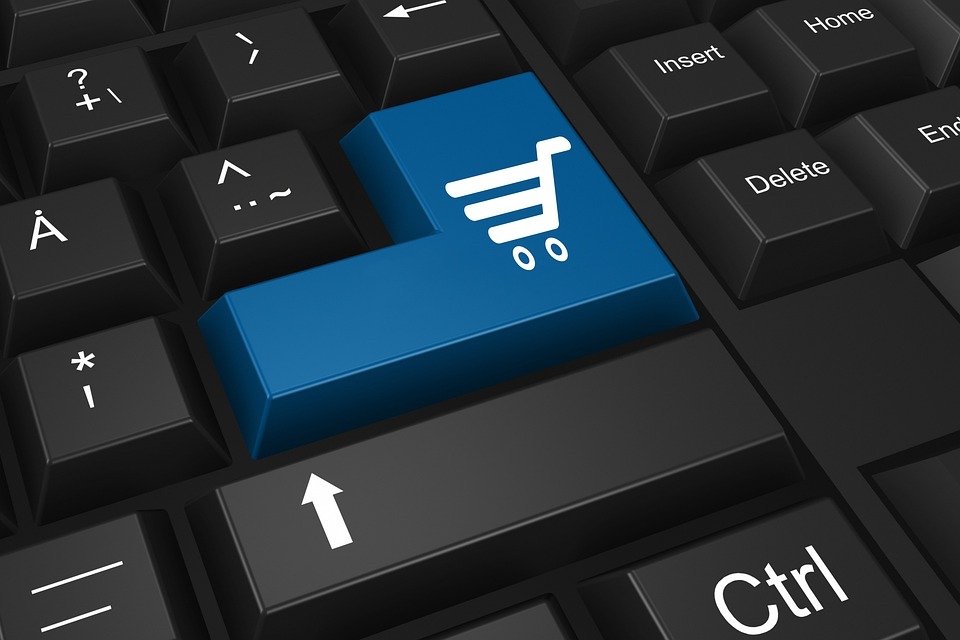Customer experience is employee experience – and vice versa
https://contactcentresummit.co.uk/wp-content/uploads/2023/05/CX-Tony-Smith-2-1.jpg 960 640 Guest Post Guest Post https://secure.gravatar.com/avatar/abb249055208c7af4d35568e422dfd63?s=96&d=mm&r=gContact centres must provide exceptional customer experience (CX) – and technology, such as AI and chatbots, is playing a key role in transforming that experience. The fast-evolving customer journey is, however, also completely changing the employee experience (EX), with agents now tasked primarily with handling the complex and demanding customer interactions that technology cannot resolve.
But how many contact centres are actively assessing the impact on the employee experience and, critically, measuring the resultant influence on CX? From flexible working to interactions with subject matter experts across the business, call centre agents are working across complex, multi-vendor collaboration environments – and every part of the IT infrastructure needs to work seamlessly if employees are to have the quality of experience required to deliver the new customer journey.
Given the improved business performance associated with engaged employees, the interplay between CX and EX cannot be overlooked. Tony Smith (pictured, above), contact centre and employee experience expert, IR explores the correlation between employee engagement, job satisfaction and customer satisfaction, and the importance of a single view of the truth across the entire customer – and employee – journey.
Engage Everyone
It is increasingly recognised that the delivery of great customer experience (CX) demands a great employee experience (EX), but far too few companies consider the two in tandem. Just as it is highly unlikely that dis-engaged employees would go the extra mile to help customers, contact centre employees faced with unhappy customer after unhappy customer are hardly having a great EX – and that can lead to higher rates of churn, disruption and, as a result, a poor CX. It cuts both ways.
The challenge is that today’s contact centre environment is hugely complex. Companies have invested heavily in an array of innovative technologies designed to allow customers to interact through a variety of mediums. They are leveraging AI and chatbots to empower customers with 24×7 self-service. And they are encouraging agents to reach out directly to subject matter experts in a bid to accelerate the resolution of complex customer questions. The problem for both customers and employees is that the experience across this complex environment is rarely seamless.
How many call abandonments are due to employees’ poor video quality when working from home? Are employee churn rates rising because customers are fed up with constantly repeating information from chat bot to web screen and agent? Companies will never achieve the customer journey vision without truly understanding, tracking and managing the interaction between CX and EX.
Complex Environments
The CX journey is often envisaged at corporate level but translating that to reality is not straightforward, especially when departments are using different technology. It makes perfect sense for customers to self-serve but what happens when an individual needs to transition to an agent? Is the information input by the customer during a webchat automatically captured and shared with the contact centre agent when the interaction moves to a video call? If not, and the customer has to repeat the information every single time, the agent is starting each interaction in a negative situation, causing frustration on both sides, and leading to a quality of EX that is likely to accelerate agent churn.
Plus, of course, employees are often working remotely, which means the CX reaches through the organisation and into people’s homes. How is the business managing the new challenges associated with ISPs, Wi-Fi, laptops, unauthorised cameras and headsets, as well as multiple video conferencing platforms and collaboration tools? If contact centre employees do not have a good digital workplace, and if their tools are not performing as they should, their EX is too poor to enable the delivery of the desired CX.
It is important for the CX and EX teams to come together, to understand the customer journey, where it interacts with employee journey and to determine how, where and when problems are occurring. And that requires an end-to-end view of the entire IT estate: it is simply not possible to achieve the depth of understanding or speed of response required when reliant on disparate data provided by different monitoring tools.
Single Journey View
End-to-end monitoring of the entire contact centre environment, including home working and the different UC tools used across the organisation, can provide the business with invaluable insight into both CX and EX, and how they overlap. With a single view across the organisation, from contact centre tools to voice applications, video platforms, web and collaboration tools, a business can quickly determine whether the current IT estate can support the customer journey vision.
In addition to identifying strategic issues, such as the need to increase capacity at peak hours, a single view can also rapidly flag problems at a granular level to minimise disruption and avoid dissatisfaction. If agents – and customers – are complaining about video quality, for example, is the problem the video platform, the operating system, public internet, router or Wi-Fi? Or has the agent plugged in their own headphones and speakers? Is there a problem in achieving successful interactions between contact centre agents using one UC and subject matter experts using another? A single, cross platform tool can rapidly flag an issue, identify the problem and enable rapid remediation.
A single view of the truth also provides companies with a chance to assess the potential impact of changes that may affect the customer journey. Will, for example, a deployment of a new ERP or CRM system affect any part of the customer journey due to network capacity issues? How will the introduction of a new customer self-service tool work in practice? Using synthetic testing to assess the end-to-end implications for both CX and EX is enormously valuable, ensuring a business never introduces a change without truly understanding the wider business implications.
Conclusion
Investment in technology has become a priority for companies not only to improve CX but also address the challenge of employee recruitment and retention by delivering a better EX. In the process, however, too many have inadvertently created new pressures that need, urgently, to be addressed if the business is to deliver its optimal customer journey.
Bringing together those tasked with CX and EX and providing trusted, cross business insight can be transformational. With a complete understanding of both journeys, where they overlap and are complementary, a company can ensure that every change, and every technology investment is understood and managed to ensure the customer journey vision is realised to the satisfaction of both customers and employees.









